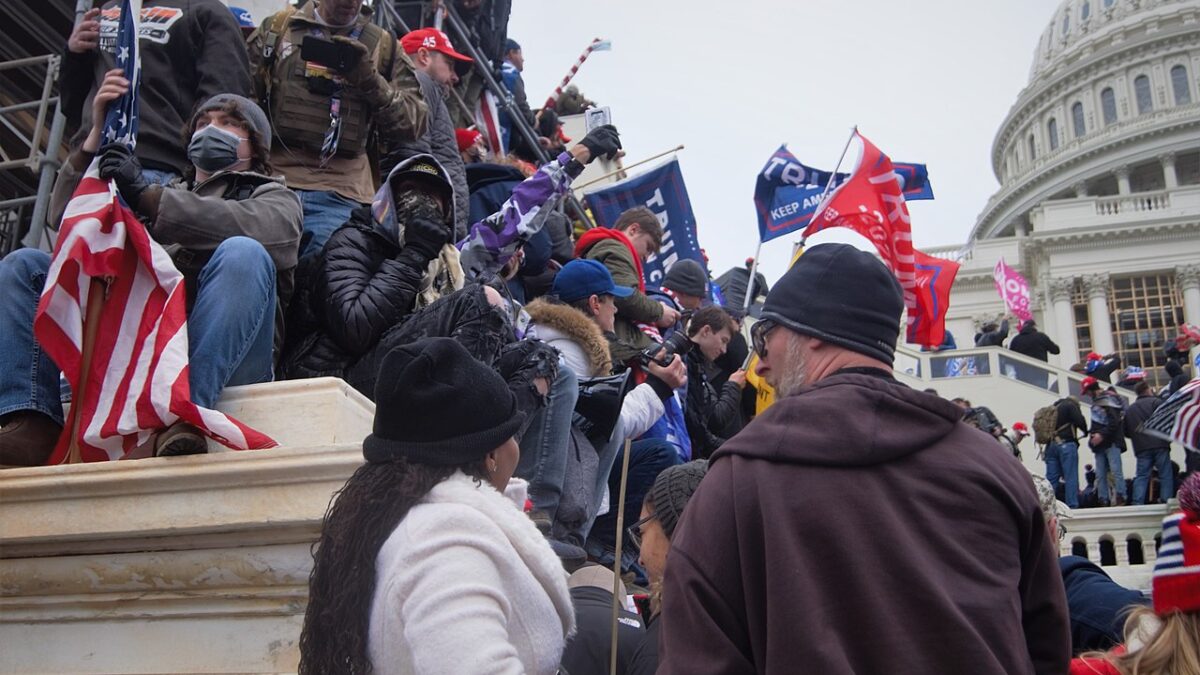The Supreme Court hears oral arguments on Monday in the twin cases of Students for Fair Admissions Inc. v. President & Fellows of Harvard College and Students for Fair Admissions Inc. v. University of North Carolina, with the plaintiffs in both cases asking the high court to overturn its 2003 decision in Grutter v. Bollinger, which held that institutes of higher education could consider an applicant’s race in making admissions decisions. Here’s your lawsplainer for the cases.
Students for Fair Admissions Inc., or “SFFA,” is an organization “dedicated to defending the right to racial equality in college admissions” and includes as members Asian American students who were denied admission to Harvard and the University of North Carolina. In making admissions decisions, both Harvard and the University of North Carolina consider the race of applicants, with the schools advantaging American Indian, Hispanic, and black applicants to the disadvantage of Asian American students.
On behalf of its members, SFFA sued the University of North Carolina, arguing the state university’s consideration of race in admissions decisions violates the 14th Amendment’s equal protection clause, which provides that no state shall “deny to any person within its jurisdiction the equal protection of the laws.” In its lawsuit, the SFFA highlighted the great disparity in admissions decisions, noting that an Asian American applicant in the fourth-highest decile of his graduating class held only a 6.51 percent chance of admission, while an African American applicant held a 57.74 percent chance of admission.
The constitution’s equal protection clause does not apply to Harvard because it is a private university. However, because Harvard accepts federal funding, it is subject to Title VI, which is a federal statute that provides, “No person in the United States shall, on the ground of race, color, or national origin, be excluded from participation in, be denied the benefits of, or be subjected to discrimination under any program or activity receiving Federal financial assistance.”
The same year the SFFA sued the University of North Carolina, it filed a separate lawsuit against Harvard, challenging Harvard’s use of race in the admissions process under Title VI, alleging that “the university discriminates against Asian American applicants,” and “arguing that they are less likely to be admitted than similarly qualified white, Black, or Hispanic applicants.”
While the two lawsuits involved distinct laws — the first, the equal protection clause, and the second, Title VI — courts have long held that the protections of Title VI are coextensive with the Constitution’s equal protection clause. In other words, the same standard governs both public and private educational institutions, assuming the latter accepts financial assistance. And the governing standard was established by the Supreme Court in 2003, in Grutter v. Bollinger, when the high court held “that universities may consider race in their admissions processes as part of their efforts to achieve diversity on campus.”
Grutter v. Bollinger
The lawsuits proceeded to trial with the SFFA taking a two-prong approach, arguing both that Grutter was wrongly decided and should be overturned, and that the universities violated Grutter by giving race an “undue” influence on admissions decisions by making race a “minus” for Asian Americans and by adopting “impermissible racial stereotypes” about Asian Americans, such as that they are “timid, quiet, shy, passive, withdrawn, one-dimensional, hard workers, perpetual foreigners, and ‘model minorities.’”
Because lower courts must follow Supreme Court precedent until it is overruled, the SFFA’s argument that Grutter was wrongly decided merely preserved the argument for appeal, and both cases proceeded to separate bench trials on the question of whether Harvard and the University of North Carolina had violated Title VI and the equal protection clause, respectively, under the controlling Grutter standard. After hearing the evidence, the trial judges ruled in favor of the universities and against the SFFA.
The SFFA petitioned the Supreme Court for review of both cases, presenting as questions for the court whether it should overrule Grutter and hold that “institutes of higher education cannot use race as a factor in admissions” or alternatively whether the way the universities used race violated Grutter. The Supreme Court granted the petitions for review and consolidated the cases.
While it is possible the high court sidesteps the question of whether to overrule Grutter and holds that under controlling precedent Harvard and the University of North Carolina’s consideration of race violates Title VI and the equal protection clause, it seems unlikely the Supreme Court would have agreed to hear the cases unless the justices intended to reach the ultimate question: whether to overrule Grutter.
In deciding that question, the justices will need to consider first whether Grutter was wrongly decided and if so, whether stare decisis compels the court to nonetheless let the faulty precedent stand.
With a majority of the Supreme Court justices now subscribing in one form or another to originalism, during Monday’s argument, the justices will focus on the fundamental question of whether the text of the equal protection clause — and in turn, Title VI — as informed by history, allows institutes of higher education to consider an individual’s “race” in making admission decisions.
The SFFA argues that “Title VI and the Fourteenth Amendment have always meant the same thing: no racial classifications in education.” In contrast, Harvard and the University of North Carolina maintain that “the Framers of the Fourteenth Amendment understood that race may be considered to advance overriding governmental objectives,” citing “race-conscious measures to promote African Americans’ equal participation in society,” adopted contemporaneously with the 14th Amendment.
Where the Universities Fall Short
The universities’ argument will likely fail, however, for several reasons. First, the laws providing for “race-conscious” assistance were few and far between, and as the SFFA stresses, “colorblind statutes from the era are more prevalent.” Second, the adoption of laws to benefit former slaves provides no guidance on whether the 14th Amendment’s equal protection clause allows states to make race-conscious decisions for reasons other than to “remedy past state-sponsored discrimination.” And third, as SFFA writes, “none of the postbellum statutes are controlling because, for decades, this country largely disregarded the Fourteenth Amendment’s text. But that ‘text,’ not ‘post-ratification … laws that are inconsistent’ with it, ‘controls.’”
This final point proves the most fascinating: Just as our country for decades failed to live up to the self-evident truth proclaimed in the Declaration of Independence, that “all men are created equal,” so too did the United States — and the Supreme Court — ignore the commands of the 14th Amendment. For more than 50 years, from Plessy v. Ferguson until Brown v. Board of Education, “equal protection” did not mean “equal.”
While not a fraction as violative as Plessy, Grutter likewise failed the standard adopted by the 14th Amendment demanding the states guarantee all individuals the “equal protection” of the law. In fact, the court in Grutter impliedly recognized its own error, stressing that the race-based assistance allowed then would not be needed 25 years forward. However, as that quarter-century mark nears, Harvard, the University of North Carolina, the Biden administration, and the overwhelming number of public and private institutions demand race remain a factor in decisions.
But as Chief Justice John Roberts said so simply, “The way to stop discrimination on the basis of race, is to stop discriminating on the basis of race.”
Whether a majority of the justices agree to overturn Grutter remains to be seen, but the same stare decisis analysis that justified overturning Roe and Casey overwhelmingly supports the Supreme Court returning to the true meaning of the 14th Amendment: that equal means equal — not equal, plus or minus.









